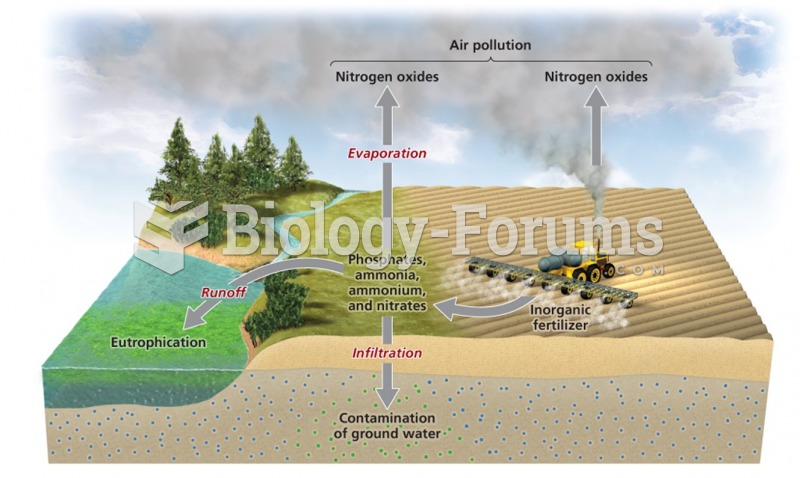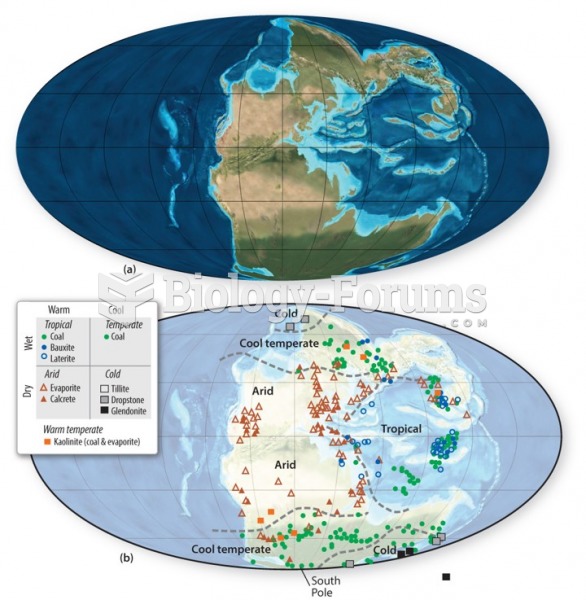Answer to Question 1
Answer: Marine animals rely on coastal wetlands, mangrove swamps, or rivers for spawning grounds, but the world's wetlands and coasts are being destroyed by pollution and overdevelopment. The massive 2010 oil spill in the Gulf of Mexico will have long-term consequences for aquatic life in an area that previously supplied 20 of all U.S. catch. About one-half of the world's population lives within 200 kilometers (124 miles) of an ocean, contributing to the pollution that reaches the seas. Heavy metals such as mercury have contaminated fish and damaged the health of people who eat them. Sewage, fertilizers, and runoff from agriculture have overfed algae (tiny marine plants), causing them to grow so rapidly that they use up the oxygen that fish need to breathe. In turn, the collapse of oceanic food supplies puts greater pressure on inland, freshwater species.
Answer to Question 2
Answer: Many domesticated animals eat grass, foliage, and other plant material that humans cannot digest. Some grains, however, called feed grains, are fed to livestock. Eventually, either the livestock or their products are consumed by humans, so we say that humans consume feed grains indirectly. Over one-third of the world's total grain harvest is fed to livestock. This percentage is higher in richer countries. As a country develops economically, the population consumes a greater amount of grain, but an increasing percentage of that grain is consumed indirectly as meat and dairy products. Meat is the center of a people's diet only in the richest countries, and some nutritionists argue that the consumption of so much meat and dairy products leads to increases in debilitating diseases such as heart disease. Nevertheless, most people want and enjoy meat and dairy products. Therefore, rising incomes in some countries multiply the populations' appetites for grain consumed indirectly as meat.







